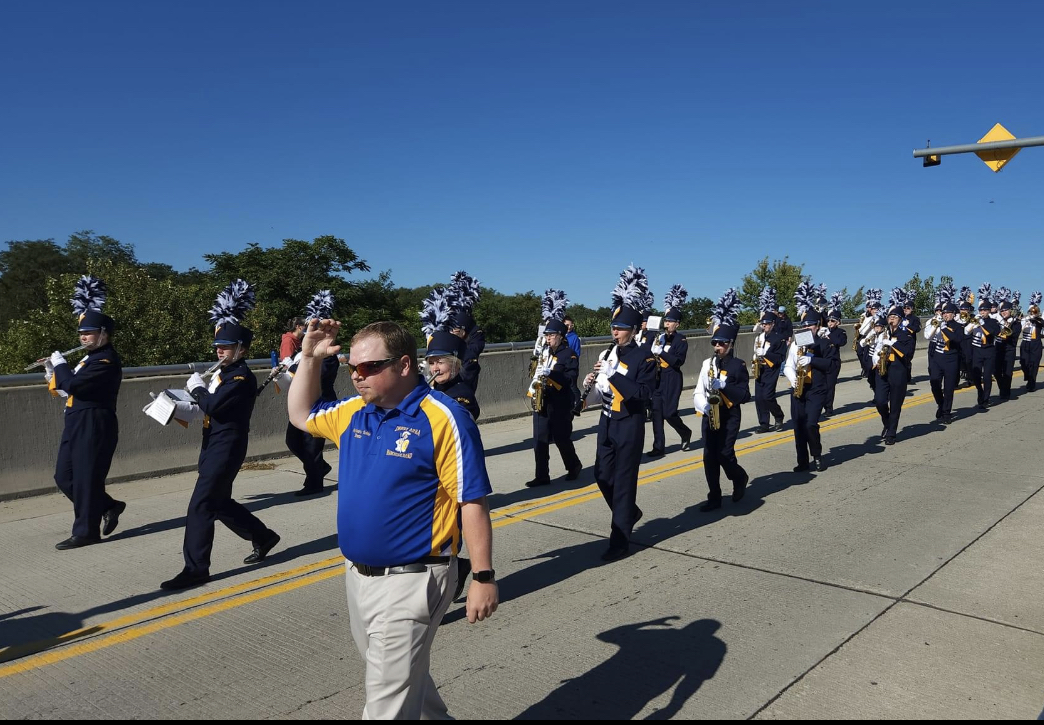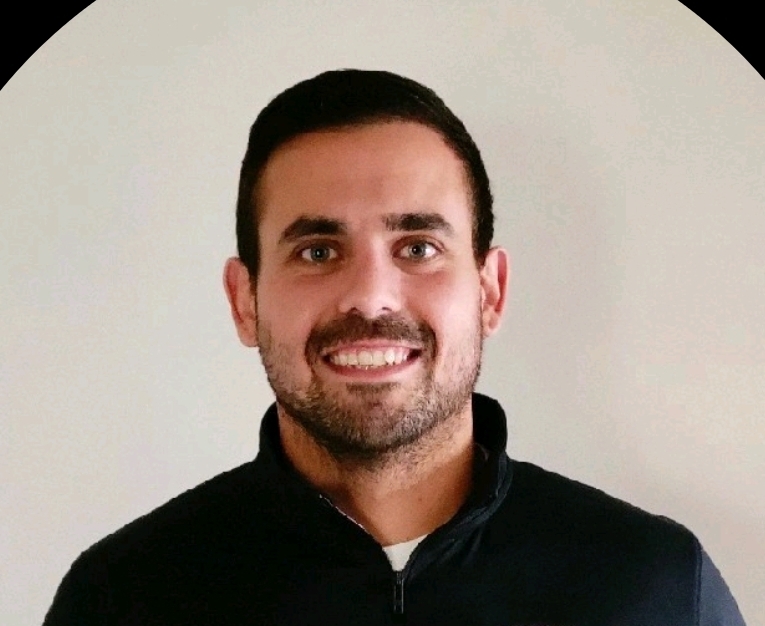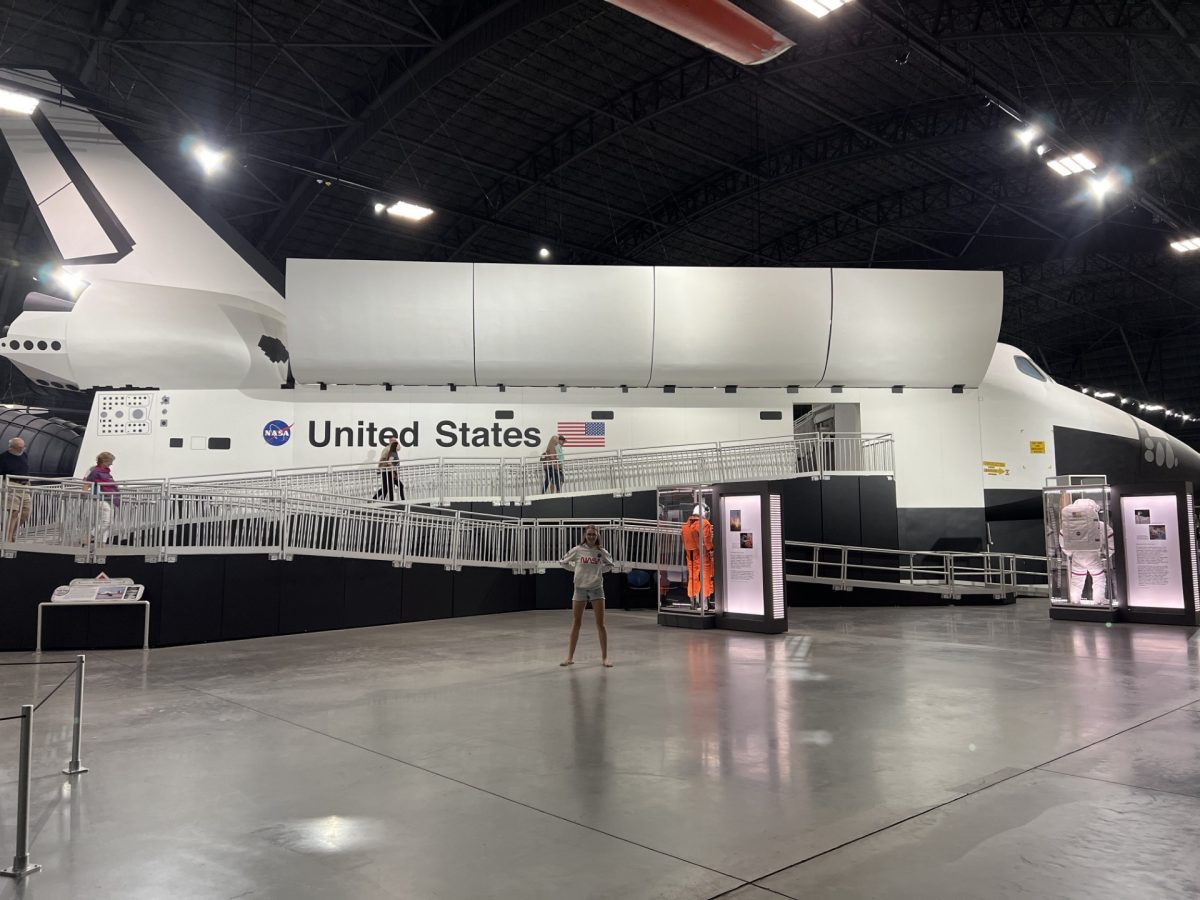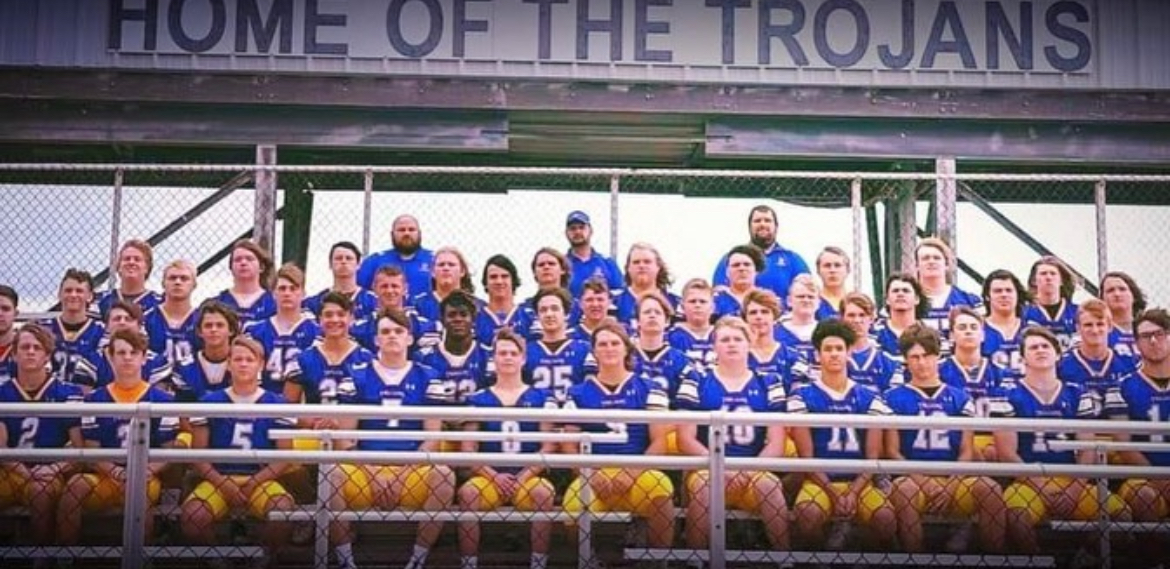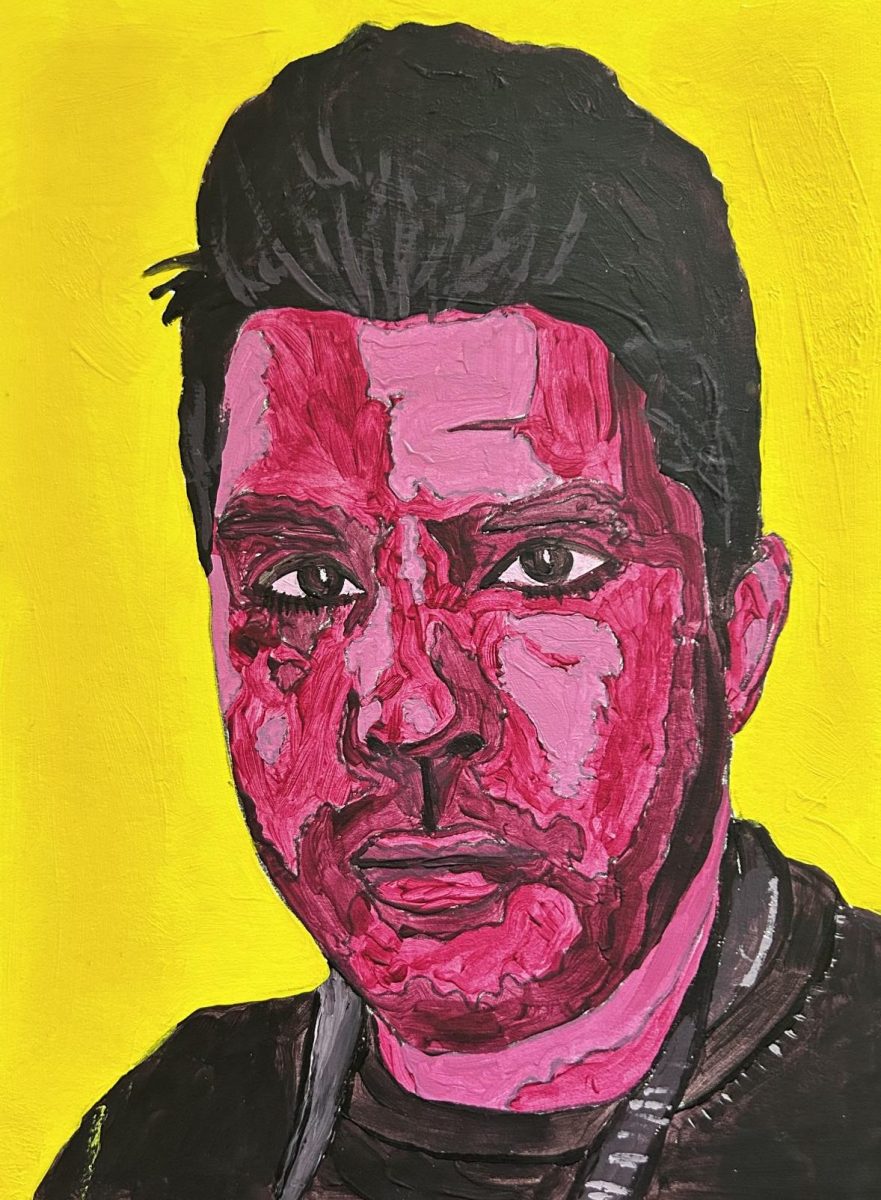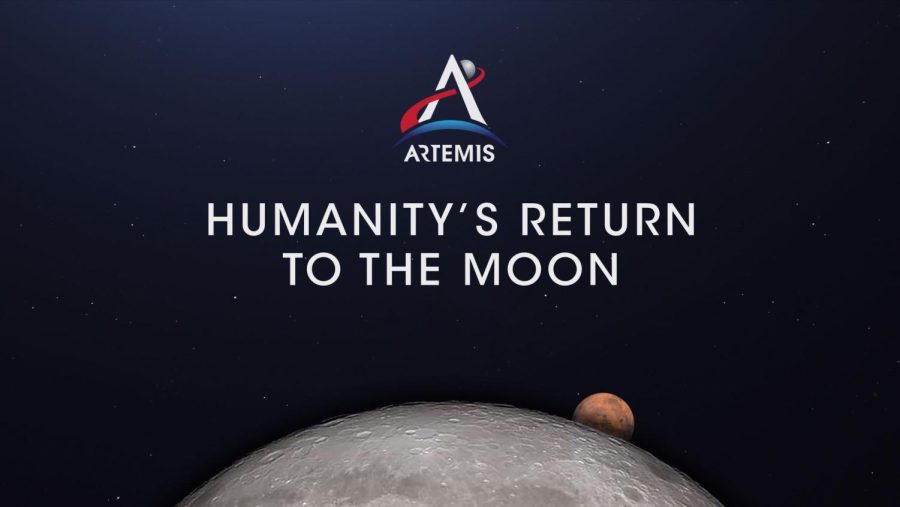Houston, we have ARTEMIS I
To the moon and beyond
ARTEMIS I is a series of increasingly complex missions that NASA has begun. Formerly known as Exploration Mission-1, it will be the first integrated flight tests of NASA’s Deep Space Exploration Systems, consisting of the Orion Spacecraft, Space Launch System (SLS) rocket, with the newly upgraded Exploration Ground Systems at Kennedy Space Center in Cape Canaveral, Florida.
ARTEMIS will be used to go from the Moon to Mars. Plus, it would be used to study how humans could potentially adapt to life in space.
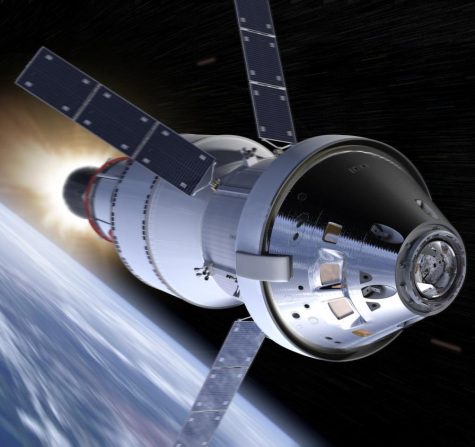 One of the primary mission goals, that will pave the way for ARTEMIS II, is for a safe crew module entry, descent, splashdown, and recovery. While sending Orion on its journey to the moon, SLS will be carrying 10 small satellites that will perform their own science and technology investigations.
One of the primary mission goals, that will pave the way for ARTEMIS II, is for a safe crew module entry, descent, splashdown, and recovery. While sending Orion on its journey to the moon, SLS will be carrying 10 small satellites that will perform their own science and technology investigations.
The spacecraft will launch on the most powerful rocket in the world and will fly further and faster than any spacecraft built for humans in the past. It will travel 280,000 miles from Earth, thousands of miles beyond the Moon over the course of about a four to six-week mission. Orion will stay in space longer than any ship for astronauts has done without docking to a space station and return home faster and hotter than ever before.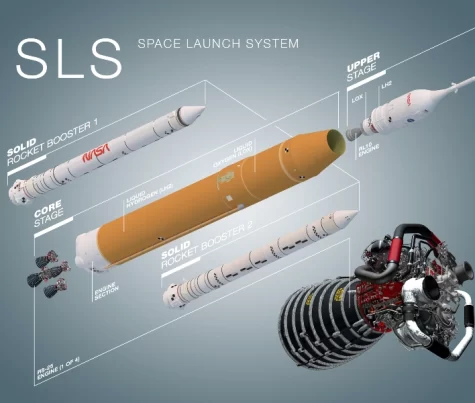
“This is a mission that truly will do what hasn’t been done and learn what isn’t known,” said Mike Sarafin, ARTEMIS I manager at NASA headquarters in Washington.
When it comes to leaving Earth, Orion and SLS will blast off from Launch Complex 39B at NASA’s modernized spaceport at Kennedy Space Center. The SLS rocket is designed for missions beyond low-Earth orbit, carrying crew or cargo to the moon and beyond, and will produce 8.8 million pounds of thrust during liftoff, and ascent to loft a vehicle weighing nearly six million pounds to orbit. With a pair of five-segment boosters and four RS-25 engines, the rocket will reach maximum atmospheric force within 90 seconds. SLS rockets are bigger and stronger than Apollo’s rockets.
After being in flight for a minute and 10 seconds, ARTEMIS will have already flown 42,500 feet at 1,000 mph, reaching “Max-Q” the maximum amount of stress allowed on a rocket. The crew must slow the craft down before they reach “Max-Q” so they don’t create too much pressure, which is where dynamic pressure and static pressure cross. Static pressure is the atmospheric pressure in space and the dynamic pressure is created by the speed of the spacecraft. Rockets reach “Max-Q” when they tilt horizontally during flight.
After the boosters jettison, service module panels, and launch abort system the core stage engines will shut down and the core stage will separate from the spacecraft and come back to Earth to land on an aircraft carrier. As the spacecraft makes an orbit of Earth, it will deploy its solar arrays and the Interim Cryogenic Propulsion Stage will give Orion the big push needed to leave Earth’s orbit and travel toward the Moon. From there, Orion will separate from the ICPS within about two hours after launch. The ICPS will then deploy a number of small satellites, known as CubeSats, to perform several experiments and technology demonstrations.
While Orion continues its path, it will be propelled by a service module provided by the European Space Agency, which will supply the spacecraft’s main propulsion system and power, as well as house air and water for astronauts on future missions. Orion will pass through the Van Allen radiation belts, and fly past the Global Positioning System (GPS) satellite constellation and above communication systems in Earth’s orbit. To talk with mission control in Houston, Orion will switch from NASA’s Tracking and Data Relay Satellites system and communicate through the Deep Space Network. From here, Orion will continue to demonstrate its unique design to navigate, communicate, and operate in a deep space environment.
Going back to the moon will be the shining moment of our generation. This moment will belong to all of us: the ARTEMIS generation. Are you ready?

Dacey is a Junior and a second year writer for the Station. She wrote for the Derry Middle school newspaper in the past. She is in the Journalism and Newspaper...










